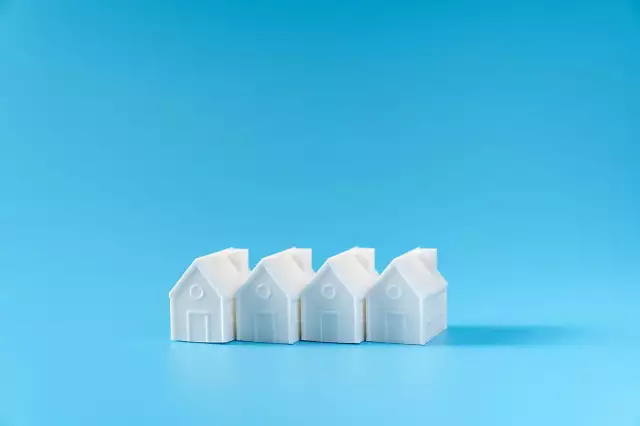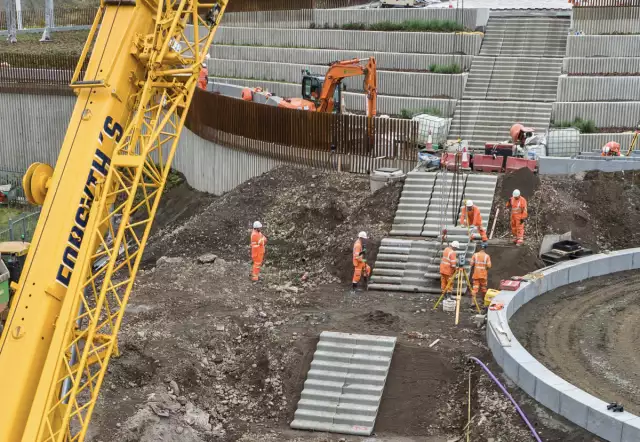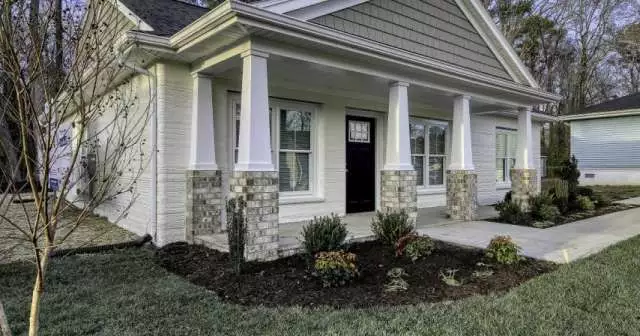First 3D-printed school in Madagascar is finally complete
Thinking Huts, a nonprofit dedicated to making education more accessible, announced that a highly-anticipated 3D-printed school in Madagascar is complete after seven years of work. The project, named Bougainvillea, was designed by the architecture firm Designing Humanity (Yash Mehta and Bruno Silva) and printing partner 14Trees.

Maggie Grout, founder and CEO of Thinking Huts, envisioned a honeycomb design. Architects Bruno Silva and Yash Menta ran with that concept to create this school. Bougainvillea was developed to improve access to education in remote and impoverished areas. The modular concept taps into 3D printing for its low-carbon benefits and ability to shorten construction time from months to a matter of days.
Related: Thinking Huts and Studio Mortazavi plan a 3D-printed school in Madagascar

According to UNESCO, over 260 million children around the world lack access to education. It is a staggering number that includes over half of Madagascar’s 1.3 million primary-age children who are not enrolled in school due to classroom overcrowding.

As a result, Thinking Huts chose southern Madagascar for the pilot site. Not only because of the pressing need for more educational infrastructure, but also because of the country’s economic growth potential, political stability and optimal conditions for solar harvesting. The country is also in desperate need of schools. More than 22,000 schools are needed to serve the population of learners.

The 3D-printed walls are made with a cement mixture. The roof, door and windows are made with locally-sourced materials. The 3D-printed pilot school follows a low-cost modular design for scalability and adaptability. Inspired by the hive concept, each wedge-shaped module can be joined together with other units into a variety of configurations.

Each module can be used as a standalone classroom that accommodates 20 children. There is also space for a library, reading area, whiteboard desks and chairs, two individual toilets, a shared sink and storage. The modules can also be easily adapted for other uses such as a dance studio, woodworking shop and even housing.
+ Thinking Huts
Images via Andry Niaina, Mattea LinAe and BOTO Friddet





